Night Photography
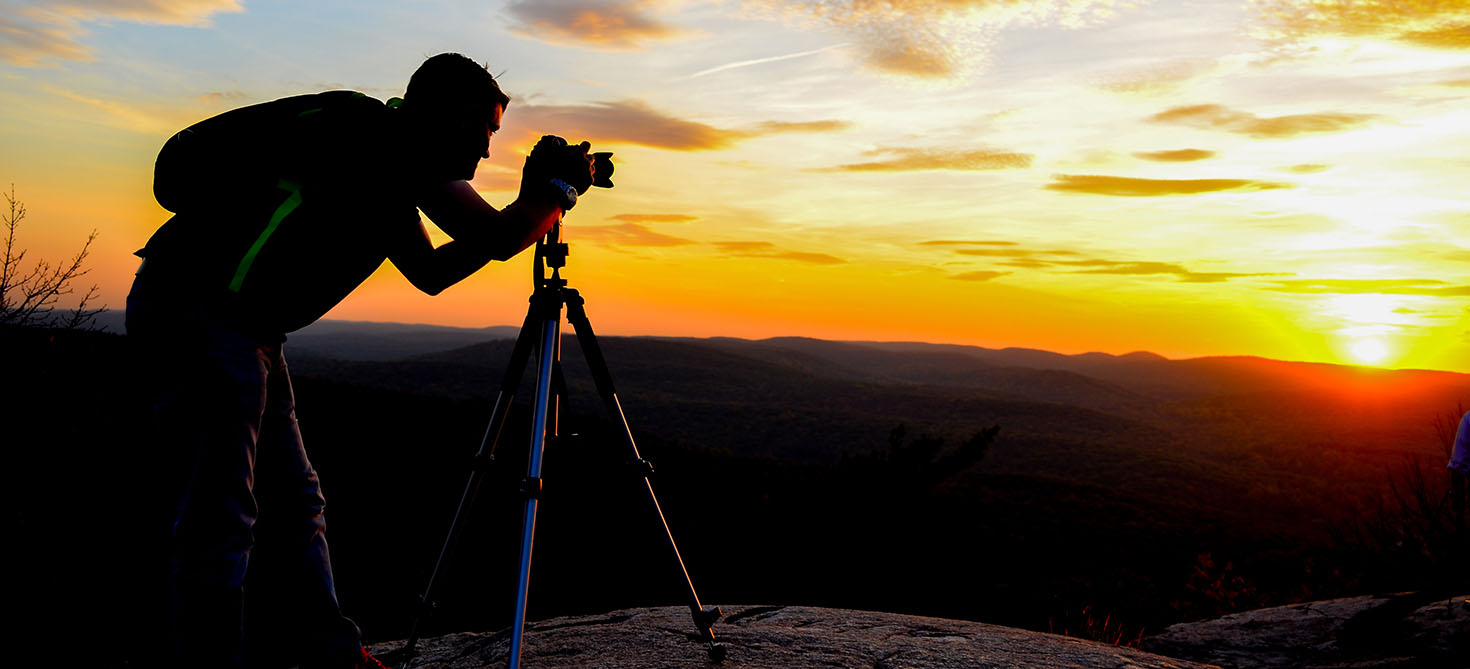
Painting The Night Sky
Eclipse fever is reaching a peak. In Marietta Georgia we are within an hour or so drive to the path of TOTALITY. I have family in this area and my plans were to take a drive and experience the total eclipse. Traffic is predicted to be terrible so I may just stay put and experience the partial eclipse at home. I wasn't able to get glasses either. But with all the hype I decided to paint the sky today.
I started this beach sunset painting a few weeks ago but didn't quite finish. It needed a few stars and brighter light at the horizon. This was a sunset I shared with good friends several years ago in South Carolina. The sky was amazing!
I enjoy painting the night sky. The challenge is to give the sky a sense of air and depth even though it might be very dark. I have a few tips for painting successful night skies.
- Observe the sky in the evening. Spend time just watching from twilight until total darkness. Make notes about the colors and values you see. How do they change? Soak it all in. These observations will help you when having to work from photos.
- Take night photos at twilight. When the sun has set there is still some light in the sky. These deep dark and rich blues of early evening make for the most interesting night scenes. Even better is when the lights begin to come on. These little lights add even more interest to the night sky.
- Avoid using BLACK pastel. We tend to think that at night the sky is black. Even when the sky appears very dark painting it with black will make it look flat and heavy and dull. Choose dark value blues for a more believable night sky.
- There is often a gradation of color seen in the night sky. I like to use my darkest cool blues for the zenith (top) of the sky and gradually transition to rich warmer turquoisey blues closer to the horizon. Scroll down to see samples
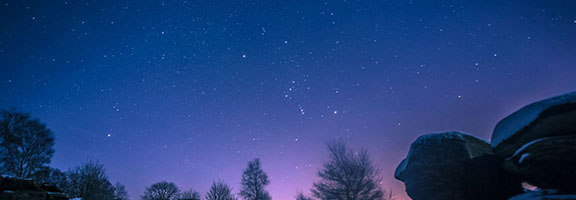
Shoot the Night Sky
Several people asked me to post a simple tutorial on how I took some night sky pictures. I am not an astrophotographer in any way, shape or form, nor do I have any expensive equipment. I simply read several tutorials, picked a dark spot on the beach and tried to do my best.
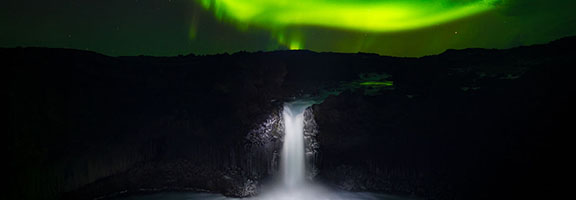
Shooting the Northern Lights
Of all the phenomena you can view in the night sky, the northern lights may be the most spectacular. The lights are created by charged particles from the sun, interacting with gaseous particles in our atmosphere.
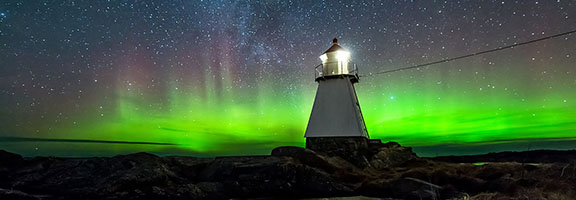
Photographing the Northern/Southern Lights
The northern and southern polar lights have fascinated and hypnotised man for as long as we have graced the planet. The unearthly flame-like lights have been the inspiration of folk tale and legend for generations and since the invention of the camera
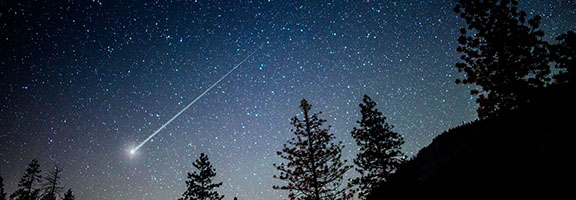
Tips for Stargazing From Astronomers
Whether you live in a city or the countryside, at some point you’ve probably stopped to marvel at the night sky. But how do you know what you’re looking at? If you want to get a bit more intimate with the skies, here are 13 tips from astronomers for taking your stargazing to the next level.


